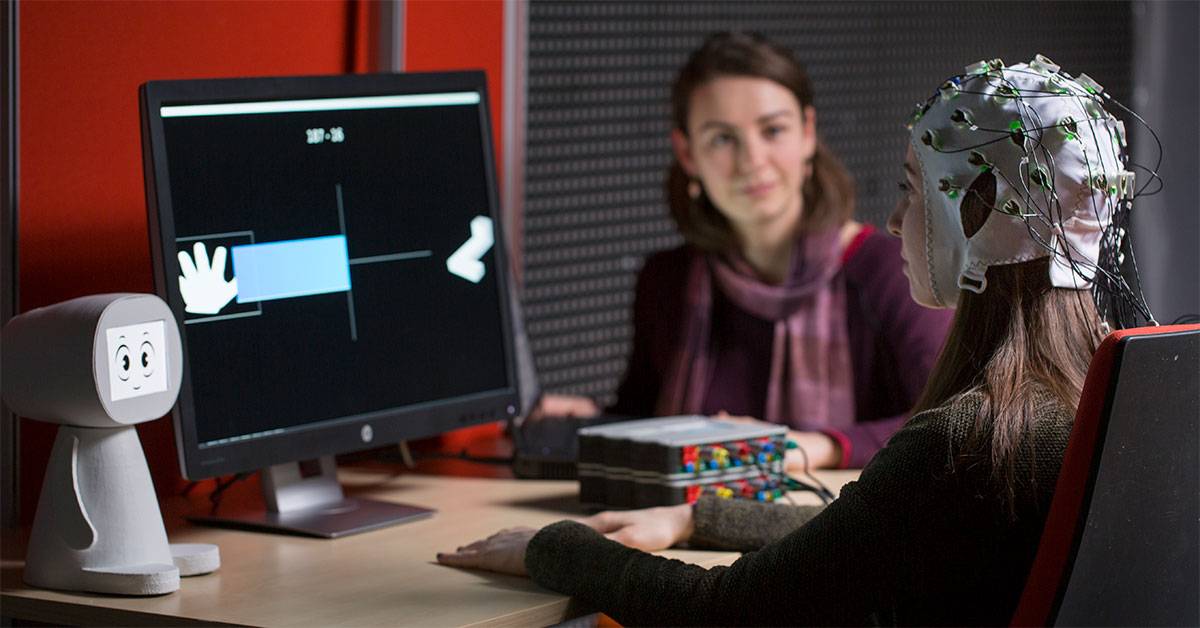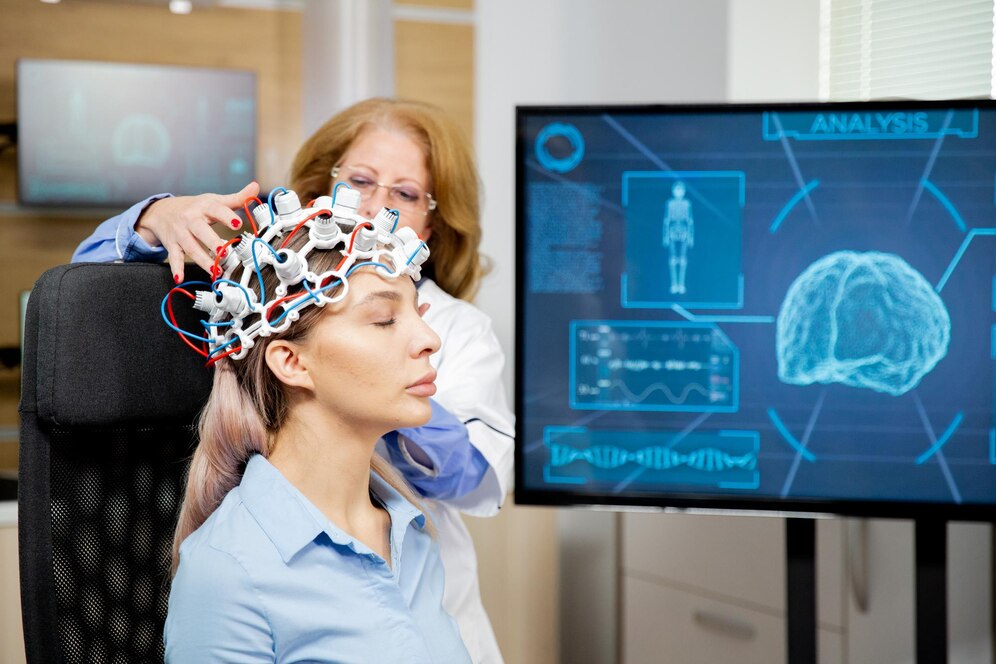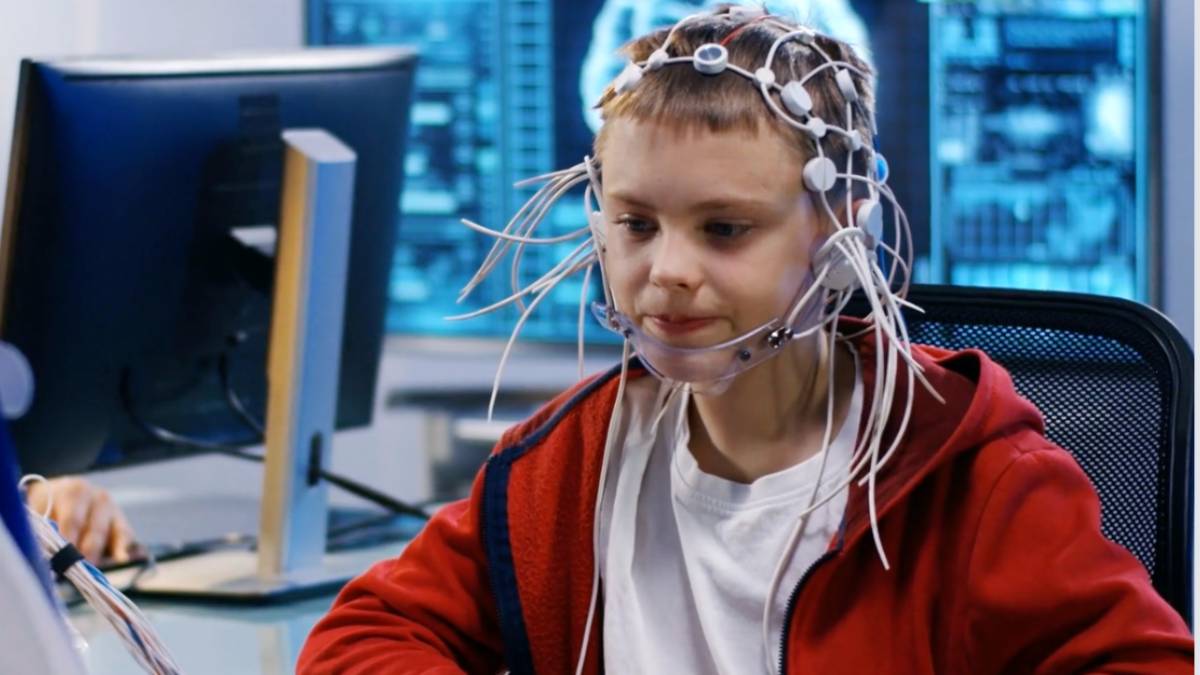
The Science Behind Brain-Computer Interfaces: Unveiling the Future of Neural Connectivity
One of the more exciting developments in the world of wearable and health tech is Brain-Computer Interfaces (BCIs). These involve the direct interface of the human brain with devices that can be external to the human brain. With technology changing at such a rapid pace, anyone interested in the future of BCIs in healthcare must understand how they function.
BCI technology, also called neural interface technology, is designed to connect the human brain and computers. This is life-changing, providing hope to people with disabilities and creating new pathways for humans and machines to interact. In this blog, we’ll explore the science of BCIs, including how mind-controlled devices function and the latest advancements in the field.
Key Benefits / Why It Matters
BCIs are more than just a tech curiosity; they have significant societal implications. Controlling devices with thoughts could change how we use technology and enhance the quality of life for many.
Enhancing Accessibility
BCIs can significantly improve accessibility for individuals with disabilities. For those who can’t move or communicate due to conditions like paralysis or ALS, BCIs provide a new way to interact with the world. By turning brain signals into commands for computers or prosthetics, BCIs can restore independence and autonomy.
Revolutionary Human-Computer Interaction
BCIs also change how we interact with technology. Traditional interfaces, like keyboards and touchscreens, need physical input. In contrast, BCIs allow direct communication between the brain and computer systems. This could lead to easier and more intuitive ways to control devices, from smartphones to smart homes.
Data-Backed Insights
Research on BCIs has shown positive results. Studies indicate that people can learn to control BCI systems with high accuracy. For instance, a study in Nature found that participants could control a cursor on a screen with up to 90% accuracy using only their thoughts. This precision shows how BCIs could be practical tools in daily life.
Step-by-Step Guide / Actionable Insights: How Mind-Controlled Devices Work

To understand mind-controlled devices, we must look at how BCIs connect the brain with external devices. Here’s a step-by-step breakdown:
Step 1: Signal Acquisition
The first step is signal acquisition. This means capturing electrical signals from the brain, known as neural activity. There are a few ways to do this:
- Electroencephalography (EEG): EEG is a noninvasive method that uses electrodes on the scalp to measure brain activity. It’s popular for BCI signal acquisition because it’s safe and easy to use.
- Invasive Techniques: Sometimes, invasive methods involve implanting electrodes in the brain for more precise signals. While accurate, these techniques are usually for clinical use due to their invasive nature.
Step 2: Signal Processing
After acquiring neural signals, we process them to extract useful information. Signal processing filters out noise and identifies patterns linked to different mental states or intentions. This step is key for turning raw brain data into device commands.
Step 3: Feature Extraction
Feature extraction identifies relevant aspects within the processed neural signals. These features help distinguish between different mental states or intentions. For example, patterns might indicate whether a person wants to move their left or right hand.
Step 4: Classification
Classification categorises the extracted features into distinct commands. Machine learning algorithms often help improve classification accuracy, allowing the BCI system to adapt to individual users.
Step 5: Device Control
The last step translates classified neural signals into commands for devices. This could mean moving a cursor, controlling a robotic arm, or operating a wheelchair. The goal is to create a smooth and intuitive user experience.
Additional Expert Tips & Common Mistakes to Avoid

While BCIs are promising, there are challenges and common mistakes to watch for.
Best Practices
- User-Centric Design: BCIs should focus on the end user. They should consider comfort, ease of use, and adaptability to individual needs.
- Continuous Learning: BCI systems should use machine learning to adapt to the user’s neural patterns. This can enhance accuracy and shorten the learning curve.
Common Mistakes
- Overlooking Privacy Concerns: Collecting neural data raises privacy issues. Strong data protection measures are crucial to safeguard users’ sensitive information.
- Neglecting User Training: Users often need training to control BCIs effectively. Ignoring this can lead to frustration and lower satisfaction.
Advanced Insights / Expert Recommendations
BCI technology is evolving, and researchers are exploring new ways to enhance its capabilities.
Expanding Applications
BCIs are not just for medical use. Researchers are looking at their potential in gaming, virtual reality, and even boosting cognitive abilities. For example, BCIs could allow players to control in-game actions with their thoughts for a more immersive experience.
Ethical Considerations
Developing BCIs brings critical ethical questions. As these technologies become part of daily life, it’s vital to address issues like consent, data ownership, and potential misuse.
Future Directions
The future of BCIs looks bright. Research focuses on improving signal acquisition methods, boosting accuracy, and reducing invasiveness. As these improvements continue, BCIs could become a standard part of our tech landscape.
Neural Connectivity: A Closer Look
The science of Brain-Computer Interfaces showcases human creativity and innovation. As BCI technology grows, it promises to change lives and how we interact with the world.
Understanding BCIs is key for those curious about wearable and health technology. Whether you’re a researcher, developer, or interested, staying updated on neural interface advancements is essential.
Moving forward, let’s indulge in the possibilities of BCIs while being cognizant of the ethical and practical challenges to come. Ton continues doing this to make sure this incredible technology can be for good, more accessibility to human emotion and feeling in interaction with computers and life. What do you think about the possibilities of BCIs? Are you prepared for a time when our brains and computers have a direct connection?


